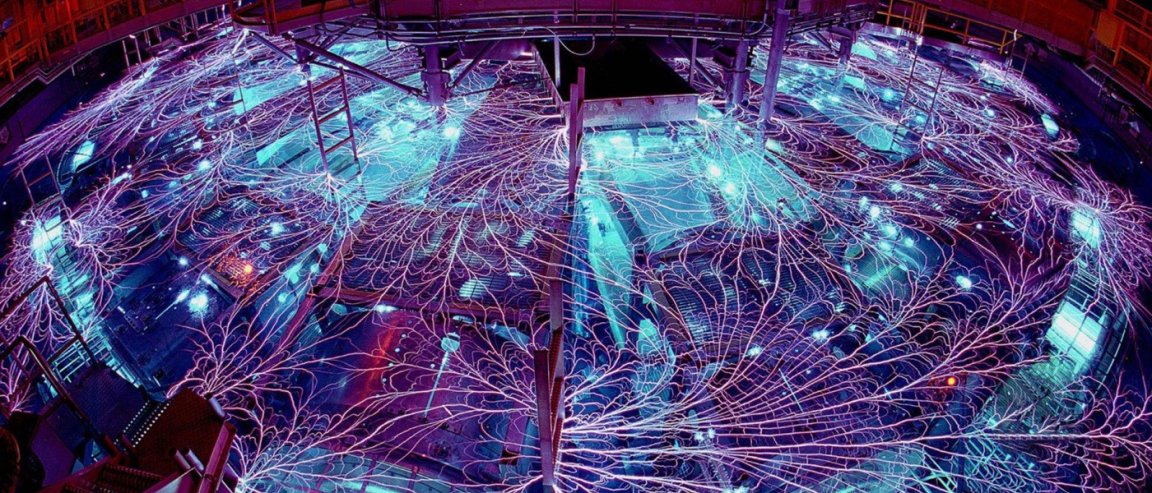
Hydrogen’s Mega-Evolution
The simplest and most common element, first in the periodic table, shouldn’t be difficult to crack, right? “What could be more simple than an assembly of electrons and protons?” asks Neil Aschcroft, a theoretical physicist at Cornell University. Yet, its supposed metallic form is quite the opposite. Apparently, the physics of hydrogen becomes more complex at high pressures. A sort of mega-evolution.
Hydrogen is naturally at a gaseous state, at room temperature and under atmospheric pressure. But hydrogen becomes solid, given enough of a forceful squeeze or at low temperatures. It also can transform into a liquid, if heat is added while squeezing. What is more confounding is the supposed ability of hydrogen, theoretically, to transform into metal if more extreme conditions are applied.
The complexity of the first element in the periodic table continually amazes scientists. Added to that is the possibility of hydrogen to become metallic — and, like all metals, it will be a viable conductor of energy, perhaps the most efficient of all.
The Applications
Turning hydrogen into metal has not been the easy press-of-a-button behavior change that scientists may have hoped for it to be.
So now there are two teams. Using different methods in highly specialized labs, these two teams of scientists are either applying powerful electrical pulses or zapping hydrogen with lasers. Or they squeeze heavy-duty diamonds together to compress the gas.
Though both are racing to transform solid or liquid hydrogen into its metallic version, the two teams have different goals.

One aims to make solid metallic hydrogen into the superconductor it is understood to be. Tests last January seem to be promising. This would be revolutionary, according to physicist Isaac Silvera, the head of Harvard University’s metallic hydrogen unit.
If metallic hydrogen can be made to keep its metallic form after extreme pressure application, then it can be a superconductor capable of functioning at room temperature. The perfect conductor that loses no electrons in energy transfer. Efficient, powerful, and with potentially innumerable applications that can affect ordinary human life.
The second group looks beyond this and has their eyes set towards space. Their experiments have shown the most convincing proof of metallic behavior in hydrogen, thus far. But it was in hydrogen’s liquid form. Liquid metallic hydrogen can unlock answers to many of the most baffling questions about giant, gassy planets. These gas giants are full of hydrogen. Jupiter’s magnetic field, for instance, may be due to liquid metallic hydrogen. It could also explain why Saturn is unexpectedly bright — perhaps as a result of hydrogen’s interactions with helium inside the planet.
In all, solid or liquid, hydrogen’s metallic form would prove useful in the future. Hopefully, it will be the near future.